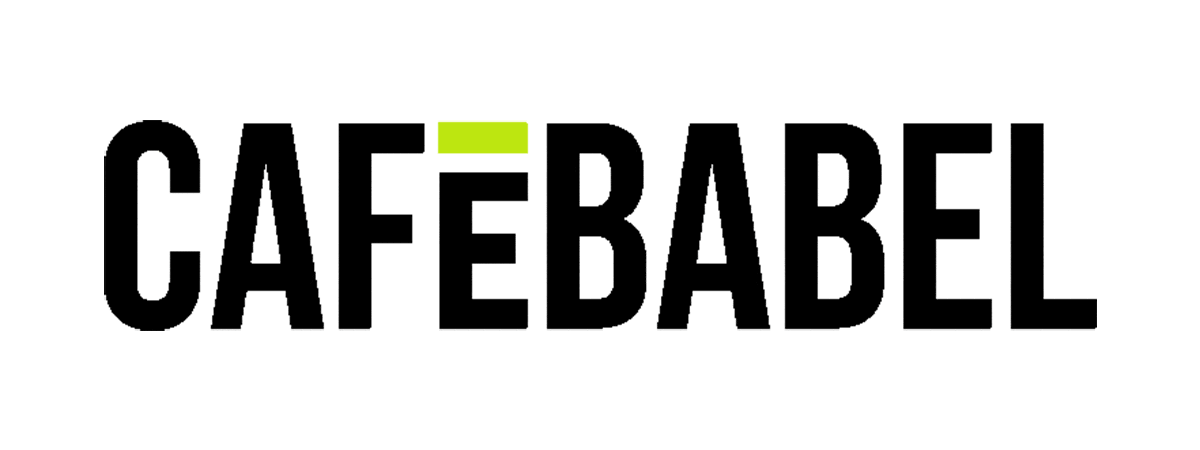
Gas, naturally
Published on
Everybody knew it was coming, but nobody could imagine the extent of the current gas dispute between Russia and Ukraine , especially the dire consequences it would bring to consumers in Central and South-East Europe.
Fortunately, due to its substantial gas storages, its own production and imports from Western neighbours, Hungary turned out to be the better prepared among the group most affected by the gas supply cut-off. Now, following almost two weeks after the crisis began the end is nowhere in sight, but some lessons can already be drawn about the future of energy politics in Europe and beyond.
What happened?
On New Years Day Gazprom turned off the gas supply destined for Ukraine because of two reasons: the failure of the parties to agree on a new contract for gas deliveries in 2009 and the unresolved debt of the Ukrainian national gas company. On the part of Ukraine , official statements denied any unresolved debt and blamed Gazprom and the Russian government for inconclusive negotiations over the 2009 contract, concerning gas price for Ukraine and transit fees paid by Gazprom. Officially, for about a week, the EU tried to keep out of the dispute and stated that it was purely a commercial matter. But the tables turned when gas stopped flowing altogether to Europe through Ukraine and several Balkan countries were left in the cold, while the blame-game began between Ukraine and Russia . The current EU presidency and the Commission had no other choice but to take up the role of mediators.
Who are the bad guys?
One has to wonder, that even though the negotiating positions of both sides were made clear and publicized heavily, the negotiations did not seem to bring about any results. While in January 2006, the first time that a Russian-Ukrainian dispute resulted in gas shortages for Europe , the parties could agree in a few days, now almost two weeks have already passed with no resolution in sight. Instead, the negotiation techniques of both sides seem to concentrate more on propaganda and forcing the EU to play a mediating role. Neither is aimed at arriving at an agreement, only at designating the scapegoat for the crisis. However, from the point of view of the EU, both parties are bad guys.
Why the annual crises?
It has to be noted that the reoccurring Russo-Ukrainian gas dispute has much deeper roots than usually presented. An historical explanation is that after the break-up of the Soviet Union the now-independent republics continued to use the inherited common energy infrastructure. During the 1990’s, while all the former Soviet economies struggled with the transition from plan to market, most natural gas transactions were based on barter schemes (ie. excluding actual currency transfers). However, as oil and consequently natural gas prices started to rise at the beginning of the new millennium, both exporting and transit countries felt the need to monetize their gas relations and bring the prices and fees closer to European market levels. Russia , as the biggest of the former USSR republics, is a special case, as it is both exporting its own natural gas and is a transit country for Central Asian (mostly Turkmen) gas. To complicate matters further, the gas that Russia sells to Ukraine comes from Turkmenistan , while the gas that it exports through Ukraine (and to a lesser extent through Belarus ) to Europe is its own production. Now, Russia in 2008 agreed to buy Central Asian gas at higher prices and subsequently would like to raise the price at which it re-sells this gas to Ukraine . However, the problem is that previously Ukraine and Russia agreed to a phased market price introduction until 2011, meaning that Ukraine will not pay the full market price until that year. Hence, the dispute about gas supply contract each year is about how steep the price rise would be. Understandably, the Russians would like a price hike immediately, while Ukrainians stick to 2011, as previously agreed.
Is the EU united on this one?
The European Union is seemingly being taken hostage by the supply disruption, but not all member-states are equally involved. While on one side of the continent Spain and Portugal import virtually no Russian gas, on the other side, Slovakia, Bulgaria and many other countries are 100% or very heavily dependent on Russian supply coming through Ukraine. Moreover, although Italy and Germany consume 47% of all Russian gas imports to the EU, for the individual countries Russian gas constitutes only about 10% of total primary energy supply. In many of the new member states, such as Hungary , the percentage of gas as primary energy supply is around 30-40%, and most of the gas is used to heat households. Again, for historical reasons, Western European countries turned to importing Soviet gas at the beginning of 1980’s to diversify away from politically unstable Middle Eastern oil. Former Communist countries, on the other hand, relied on cheap Soviet oil and gas imports to run their centrally planned economies. Two decades after the end of the Cold War, much of the old infrastructure is still in place, and in most cases serves as the only major source of energy imports. Little connectivity exists between old and new member states as well as in the North-South direction. New pipeline projects in the name of diversification of supply, such as Nabucco, rely partly on Central Asian sources. But, as previously shown, Russia had so eagerly agreed to pay higher prices for Central Asian gas just in time to divert it from other projects. So, for example, the prospects of European countries buying Turkmen gas directly in the coming years are bleak to say the least.
Hungary at the crossroads: HUN=HUB?
The roots of Hungary’s gas dependence lie in the fact that it used to have its own natural gas production in the 1960-70’s (quite significant at the time), which peaked in 1980’s and from then on the domestic demand had to be satisfied by rising imports. Fortunately, beside the pipeline bringing Russian gas through Ukraine , an interconnector has been built on the Austrian border, so some gas can also be imported from the West. Thus, Hungary ’s strategic position is such that it is able to accommodate regional natural gas storage facilities. Also, Hungary supports both Russian-planned South Stream and EU-backed Nabucco pipeline projects, as both would be crossing the country, elevating the level of security of supply. Learning the lessons from the 2006 crisis, Hungary was well prepared for gas supply disruptions, and also was able to help out neighbouring Serbia . Nonetheless, as the partial successes and obvious pitfalls of EU mediation between Russia and Ukraine show, individual country strategies need to be built up into a strong European coalition in order to tackle future crises much more effectively.



